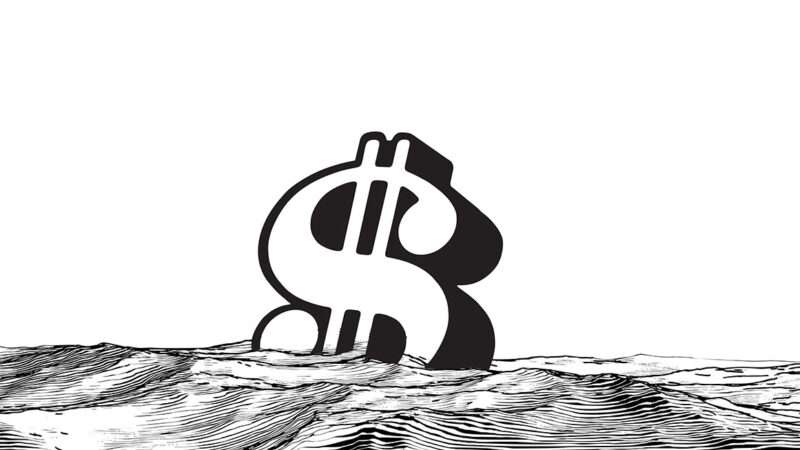
Recent comments from Federal Reserve Chair Jerome Powell hinted that the Fed may soon get serious about hitting the monetary brakes to slow the economy. Until recently, inflation was described as transitory. But at some point, that story has to change.
Price levels likely will rise into 2022. The all-item consumer price index (CPI) was up more than 5 percent on a year-over-year basis for July, August, and September. The increase for October was 6.2 percent—the largest jump since 1990. The Fed considers 2 percent inflation to be its goal. Obviously, there is a large gap between that and what we are seeing.
The producer price index, a leading indicator of consumer prices, is up even more than the CPI. It shows an 8.6 percent year-over-year increase for September and October, the largest since the series started in 2010.
It’s not just a U.S. phenomenon. But U.S. inflation outpaces inflation in the eurozone and G-20 countries, which means the dollar should remain relatively weak against those currencies. Other things equal, that makes our exports stronger and imports weaker.
Press reports often highlight rising prices for a few key items: energy, rent, and used cars. But an analysis of price movements in the July personal consumption expenditures index (PCEI), which is the Fed’s preferred inflation measuring rod, showed that 84 percent of included items were rising. The September PCEI was up 4.4 percent on a year-over-year basis, having risen from 4 percent in June—the largest monthly increase since October 1990.
The inflation rate is reflected in interest rates that borrowers must pay, especially for longer-term debt. Lenders hope to be paid back with at least as much purchasing power. If they believe inflation will tick away at 4 percent, interest rates will tend to rise. Higher interest rates mean higher interest costs on all forms of public and private debt. As a result, mortgage rates will rise, all forms of construction will suffer, and businesses will postpone making large investments in plants and equipment.
Now consider the public debt—especially the federal debt, which ballooned as a result of large budget deficits in recent years. (In 2020, the federal government raised $3.4 trillion in revenue and spent $6.6 trillion.) The interest cost of the national debt was $253 billion in 2008, equivalent to $325 billion in 2021 dollars; it remained around that level through 2015. Even though the debt doubled in those years, sharply falling interest rates and low inflation helped contain costs.
But that was yesterday. With today’s higher inflation and rising interest rates (perhaps with more to come), the Congressional Budget Office (CBO) estimates that the interest cost of public debt is $413 billion in 2021, stated in current dollars. Obviously, any dollar spent on interest cannot be spent on government benefits or services.
Looking ahead, the CBO expects more of the same. For 2026, it projects that the interest rate on 10-year Treasury bonds, currently 1.5 percent, will be 2.6 percent, and that the interest cost of the federal debt will rise to $524 billion. For 2030, the projections are 2.8 percent and $829 billion, respectively, all stated in current dollars for the noted years.
Now we are talking about real money. To put $829 billion into perspective, in 2020 the United States spent $714 billion on the military, $769 billion on Medicare, and $914 billion on all nondefense discretionary spending, all stated in 2020 dollars. Back-of-the-envelope calculations strongly suggest that some spending categories will have to give.
Finally, we come to the heart of the issue. The United States is experiencing an inflationary surge caused fundamentally by the injection into the economy of trillions of dollars—stimulus and other spending—without an accompanying rise in production of goods and services that might be purchased with the new dollars. It’s rising demand plus troubled supply.
These forces will be with us until the stimulus dollars work their way through the economy and the federal government stops printing more money. The situation is painful for large categories of people, and it’s beneficial to just a few. Borrowers and people whose wages are not adjusted for inflation must cut back, manage resources, and find ways to conserve cash.
As the process continues, our government—the source of inflation in the first place—will face hard choices when paying for past and future deficits and rising debt. And that, as they say, is when the rubber will hit the road.
The post Inflation Means Interest Rates Could Rise. Higher Interest Rates Will Make the National Debt More Expensive. appeared first on Reason.com.
from Latest – Reason.com https://ift.tt/33noz4a
via IFTTT